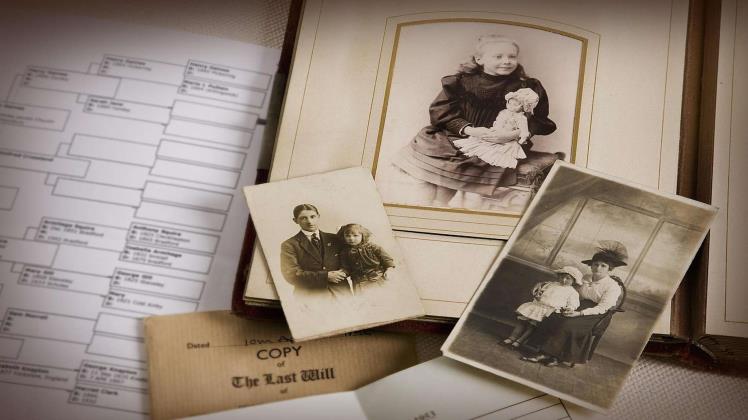Many resources exist for tracing Mexican ancestry, including various online resources. A List and Legacy Family Tree provide links to general resources, how-to guides, and societies and groups specializing in Mexico genealogy.
To begin your search, identify your ancestor’s hometown in Mexico. This will help narrow your focus and pinpoint the suitable collections to use.
Look for Records with Birth Information
Tracing your Hispanic heritage can be challenging but worth the effort. It is essential to focus on the records that can provide the most information about your ancestor, such as those related to their birthplace or arrival in the United States.
This includes civil registration and church sacramental records, such as baptismal or marriage certificates. These records will consist of the names of parents and godparents, which can help identify family relationships. They can also reveal the year of birth, gender, and address.
Moreover, discovering your Hispanic ancestry can be enriching, offering a deeper understanding of your family’s heritage, traditions, and cultural roots.
Medical records can also provide valuable information about an ancestor’s arrival in the United States. These records can include x-rays, medical analyses, and dental and eyeglass prescriptions. They may also have border crossing records. These records will indicate when an ancestor arrived in the United States, their reason for coming, and even name any other family members who traveled with them. They will also provide a timeline of events in their lives. You can access these records by searching for your ancestor’s hometown in the 1930 Mexican National Census, available online.
Look for Records with Death Information
As with any genealogy research, starting with family members is essential. They can provide you with information about your ancestor’s birthplace or help you identify records that could be useful.
Federal Census records can also be an excellent place to start since they often include the home state of an ancestor. You can also find information about ancestors’ hometowns and origins in immigration records.
Another great place to start is with Mexican civil registration and church records. These can reveal ancestors’ births (nacimientos), marriages, and deaths. Additionally, women in Mexico traditionally kept their maiden names when they married. However, some added a preposition or suffix to their husbands’ surname. For example, some would become Consuela Herrera de Martinez.
Additionally, many Hispanic ancestors were Catholic, so finding church records can be a great way to identify information about them. One of the most valuable sources of Hispanic church records is padrinos, which document godparents and sponsors for baptisms and weddings.
Look for Records with Marriage Information
One of the most valuable pieces of information when tracing ancestry is marriage information. In addition to establishing religious and congregation affiliation, it can also provide birth dates, parents’ names, occupations, and locations. These details can help fill in gaps when researching an ancestor’s life story and developing the context for their relationships in a family.
A great place to look for this information is in church records, such as baptism, confirmation, and marriage. Ancestry has several collections of religious marriage records, including a free-to-use pool from the New York City Municipal Archive.
Another resource to search for this information is census records. While not every census includes marriage information, it can be a helpful way to track an ancestor’s family over time, especially when living in different cities and states.
Finally, an excellent resource for locating marriage information is in family trees that can be found in genealogy databases online. Many of these family tree databases contain millions of family trees created by their subscribers. While some of these databases have Hispanic families, it is essential to identify what type of ancestor you are searching for so that the best record set is searched.
Look for Records with Immigration Information
When researching Hispanic ancestors, the priority should be identifying where and when they immigrated to the United States. This will help focus the scope of your research and point you to relevant records.
Passenger lists and immigration records are helpful starting points because they can reveal important clues about your ancestor’s arrival in the United States, including their ship, year of travel, destination city, and even relatives onboard. Immigration records can also help you learn the origin of your ancestor’s last name. Historically, surnames were derived from occupations, descriptions, or, more importantly, places (de Cordova, del Rio).
Other immigration-related records you should look for include muster rolls, which can provide valuable information like your ancestor’s unit, rank, physical description, and muster-in and muster-out dates. Lastly, local and state government records can offer insight into where your ancestor’s family lived before immigrating to the United States.
Look for Records with Naturalization Information
Naturalization records are essential if ancestors immigrated to the United States. They contain crucial information such as names, arrival dates, nationality, etc. These records are only available if the ancestor completed the naturalization process, which usually means that they obtained a US passport.
If your ancestor was not naturalized, try locating their United States census records. These records can provide information such as their arrival date in the United States and their home state or county. Additionally, if they were born in the United States, they may have obtained citizenship through marriage or other circumstances.
FamilySearch has several collections of immigration and naturalization records that can help you find the information you need. One collection of 6 million border crossing records is an excellent place to start. Other collections to consider include civil registration records and Catholic sacramental records.

